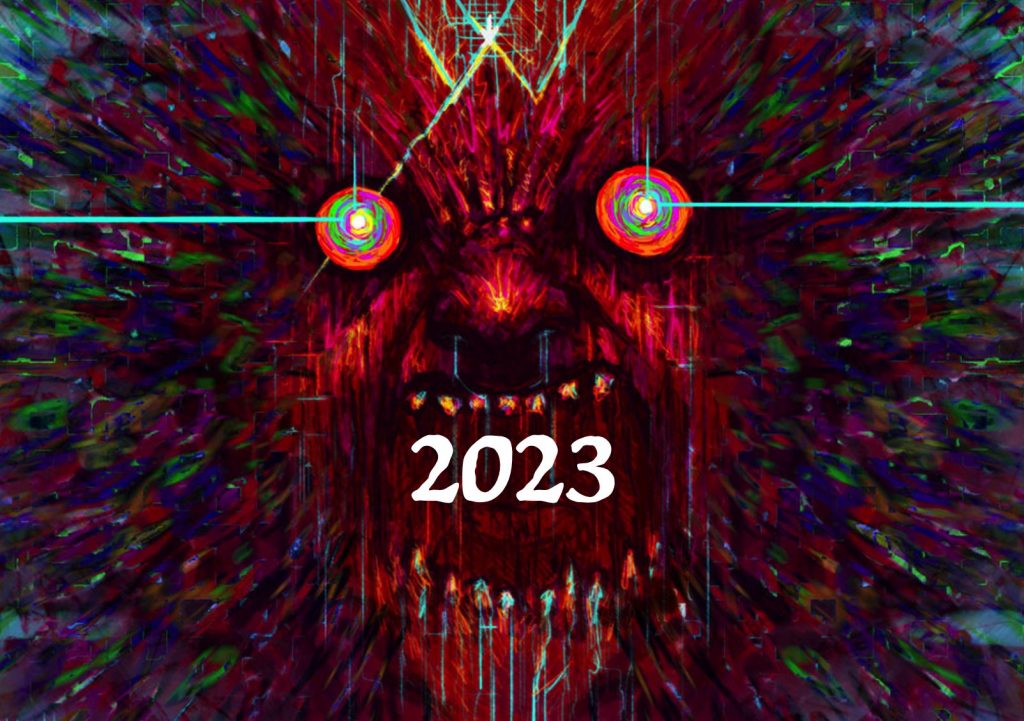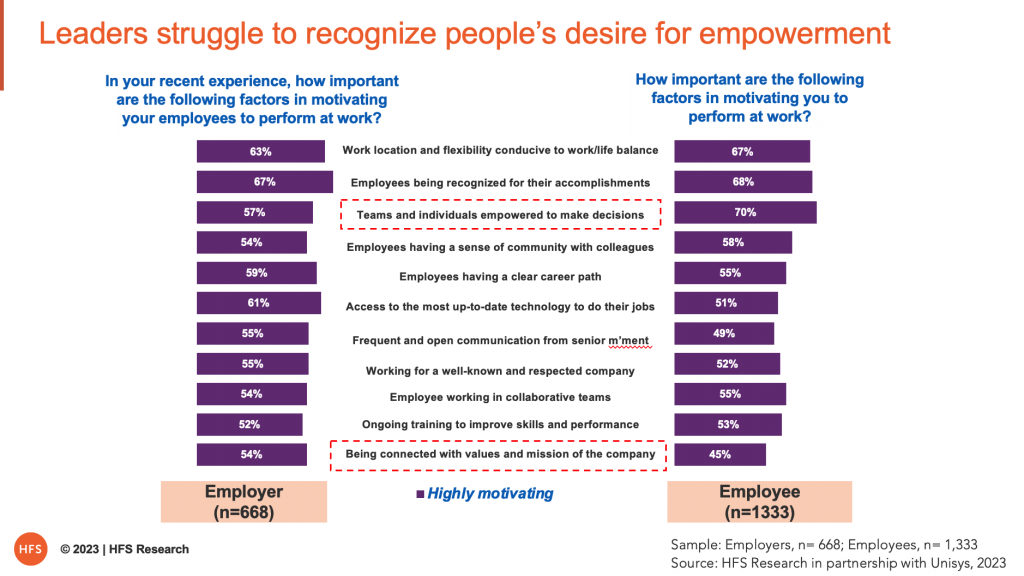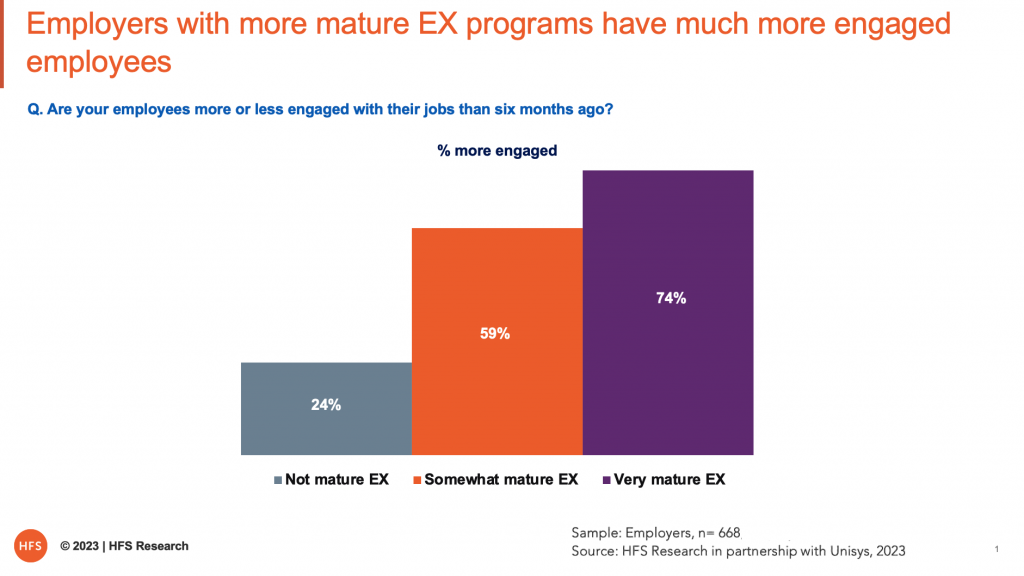
2022 was the year where many peoples’ lifestyles trumped their commitment to their jobs; however, that attitude today might just get you the sack.
Just when it seemed that a hybrid work model, which is primarily home-based, had settled in as the status quo, the global economy enjoyed its post-pandemic bounce, and people were coasting along in their cozy hybrid habitats; 2023 hit us with a thumping jolt.
Massive tech layoffs, back-to-office mandates, a highly-uncertain economic and political climate, and an epidemic of banks almost collapsing dominate the headlines, and suddenly the workplace power dynamic has shifted squarely from the jaded employee-fuelled Great Resignation to something resembling a great workplace freakout.
In the current challenging economy, many employers are pointing fingers at remote workers as a reason for underperformance
There are many high-profile organizations now mandating in-office policy that is more “office-first” than “remote-first”. For example, Disney has mandated four days a week in-office and General Motors and Starbucks three days a week at their main headquarters and regional centers. Social media firm TikTok has mandated two days per week and threatened employees with termination if they do not comply. Many more enterprises are following suit, with three-day-a-week in-office mandates becoming commonplace. Moreover, the proportion of remote jobs being advertised on LinkedIn has decreased from a high of 20% a year ago to just 13% today.
Net-net, work-from-home entitlement is out the window, and uncertainty is high across the board. Our recent study (with the support of Unisys) of 2,000 employers and employees across the U.S., U.K, Germany, and Australia laid bare all discrepancies between staff and managers’ perspectives of hybrid work and also pointed to some ways to bridge the gaps and avoid the pitfalls that this freakout is threatening.
Hybrid work is breaking down, but finding that right balance is like walking a tightrope
While the power pendulum has swung back from employee to employer, enterprises struggle with keeping their employees happy while demanding the motivation, presence, and productivity that business performance requires. Our study showed employees are much more confident in hybrid work, with over half indicating they work in a ‘very effective’ hybrid environment, compared to only 1/3 of employers.
Employees reported enjoying the work/life balance that hybrid affords, but managers struggle to know whether the staff is engaged and productive. Employers are also struggling to justify real estate investments, high-security risks for remote work, and a lack of collaborative culture. Enterprises want to retain top talent, but not at the expense of financial results. Case in point, to kick off Meta’s “year of efficiency,” leadership used poor employee evaluations to try and weed out the low performers before announcing its 10,000 staff layoff last week.
Poor IT experiences and security setbacks are threatening staff efficiency and morale
While the pendulum may be swinging back toward in-office protocols, the reality is that hybrid, in some shape or form, is here to stay for the foreseeable future. Our study found some very specific pain points that employers must address to improve hybrid functionality. One mammoth issue we found is that 49% of employees lose between one and five hours of productivity per week dealing with IT issues. Not even half of employers are not measuring productivity loss due to IT support issues, meaning many are woefully unaware that their staff are losing this much time in the week. And cybersecurity, while the top enterprise concern for 2023, poses another major issue impacting worker productivity. 1/3 of employees report their ability to work effectively being negatively impacted by security policies regularly. The survey showed that positive IT experiences are a main factor in employees’ choice to leave or remain with a company; employers must provide a smooth experience or risk losing staff.
These issues are not insurmountable. Making investments in systems and technology that can proactively identify and quantify IT issues before they impact users can go a long way to improve workplace efficiency (about half of the employers surveyed currently have these in place). And 92% of employees report that they are willing to share more data (such as app/device/network usage and performance) if they can receive more proactive IT support in exchange. This statistic points to a win-win scenario if employers have the foresight to invest in systems that will measure and predict these issues.
Investing in EX: empowerment, recognition, and flexibility trump the old motivators
We covered some of the tactical issues impacting experience, but culture and engagement have a huge impact on how employees perform and are motivated at work. Any decent leader knows that EX is important, but do they know what their employees need and how to deliver on that? What motivates employees vs. what their managers think motivates them is quite a chasm across several key areas, particularly with employers not recognizing the importance of empowering employees to make an impact:

Employees are much more focused on their ability to have an impact and be recognized than the corporate brand
Employee motivations have changed, and employers need to pivot to enable better EX. The whole in-office culture was much more about belonging to the big corporate brand where you got a window cube when you got promoted. Now it’s less about the big company prestige and more about autonomy to make decisions, the recognition of doing your job well, and the flexibility to manage work/life balance. The big company rhetoric about mission and value is actually at the bottom of the motivational factors. Clearly, enterprise leadership is struggling to resonate with staff, many of whom must be losing their pride and identity with mothership as they lose touch with in-person interaction with their colleagues and managers.
So how are companies investing in ways to better understand staff and deliver on their needs? Enter the EX program: including specific methods and metrics to measure EX, a centralized function that measures and informs EX policy, ways to solicit and incorporate feedback and manage against business outcomes, to name a few initiatives. Companies with very mature EX programs find their employees more engaged at a rate of 74%, compared to those with somewhat mature EX programs (59%) and immature EX programs (24%) (Exhibit 2). What’s more, employers and employees agree that EX programs also have a strong impact on business outcomes, including productivity, customer experience, and even financial performance.

The Bottom Line: Invest in creating the right conditions to shift from employee engagement to employee empowerment. You must understand employee frustrations and motivations to make hybrid work effective in this next era of the digital workplace.
The Great Resignation is in the rearview mirror, but we could have a messy freakout ahead if leaders don’t prepare accordingly. Many employees are increasingly citing an “edgy” culture is unsettling their enterprise, where most staff have no idea if layoffs are imminent and which staff will be targeted. We are not far from a Great Freakout engulfing enterprises as banks struggle to cope with increased interest rates, tech firms are radically addressing their cost structures, staff wages are not aligned with the current inflation rates due to a tough economy, and firms grapple the unprecedented situation of a shortage of low-income workers.
Last year there was a mistaken belief that by getting people the ability to work from home, we have achieved hybrid work, but our study shows we have not really figured out hybrid work. The good news is that there are enough synergies between employer perceptions and what employees want to create much better experiences; it is a matter of informed planning and execution to capitalize on the positives. The data is clear that investing in EX leads to better employee engagement. Tying this engagement to business outcomes is the next frontier and a critical one to brace for the uncertain days ahead in 2023.
In addition, companies have to address the cultures they want to create – and fast. They need to instill more urgency into their workforce and ensure their workers, whether remote or in the office, are accountable and still take their jobs seriously – and an effective EX strategy will go a long way to creating and maintaining that culture and settling employees’ nerves, providing your leadership takes it seriously and you have an empowered executive to drive it.
The days of hiding in our caves are over… it’s time to get out and face the world and fix our businesses. What worked in 2019 may no longer work in 2023, but if we don’t pull our teams together, we may find that out too late… and then it will be time to freakout!
Posted in : Economics and Geopolitics, Employee Experience, HR Strategy, OneOffice






